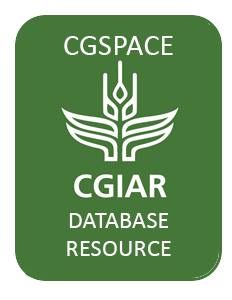Mission
To reduce hunger and poverty, and improve human nutrition in the tropics through research aimed at increasing the eco-efficiency of agriculture.
People
CIAT’s staff includes about 200 scientists. Supported by a wide array of donors, the Center collaborates with hundreds of partners to conduct high-quality research and translate the results into development impact. A Board of Trustees provides oversight of CIAT’s research and financial management.
Values
- Shared organizational ethic
- We respect each other, our partners, and the people who benefit from our work. We act with honesty, integrity, transparency, and environmental responsibility in all of our joint endeavors.
- Learning through partnerships
- We work efficiently and pragmatically together and with partners. Considering our diversity to be a key asset, we adapt readily to change and strive to improve our performance through continuous learning.
- Innovation for impact
- We develop innovative solutions to important challenges in tropical agriculture, resulting in major benefits for the people who support, participate in, and profit from our work.
Members:
Resources
Displaying 71 - 75 of 958An expert system model for mapping tropical wetlands and peatlands reveals South America as the largest contributor
Wetlands are important providers of ecosystem services and key regulators of climate change. They positively contribute to global warming through their greenhouse gas emissions, and negatively through the accumulation of organic material in histosols, particularly in peatlands. Our understanding of wetlands’ services is currently constrained by limited knowledge on their distribution, extent, volume, interannual flood variability and disturbance levels.



